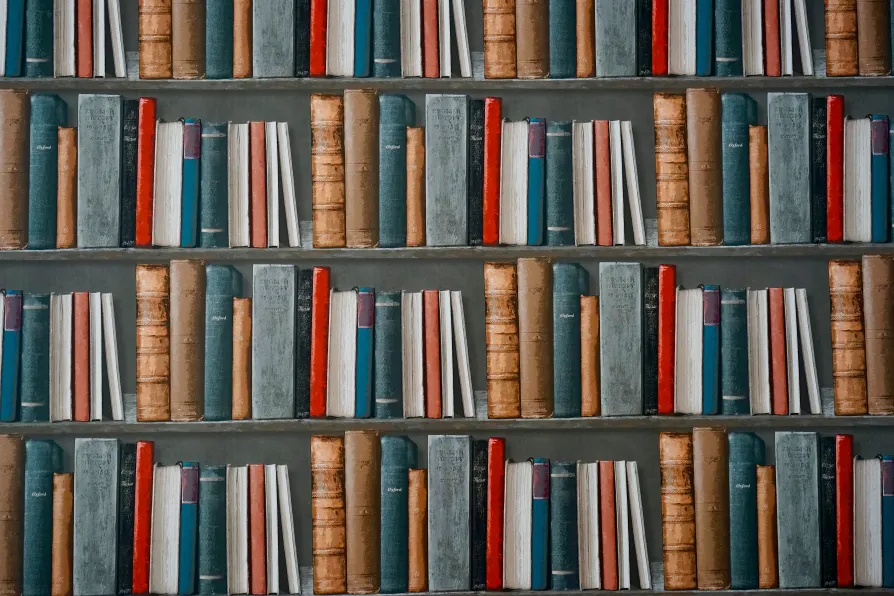MARIA DUARTE picks the best and worst of a crowded year of films
Book Review: Working Aesthetics: Labour, Art and Capitalism
Danielle Child's book tackles the neoliberal penetration of artistic production from a Marxist perspective


Working Aesthetics: Labour, Art and Capitalism
by Danielle Child
(Bloomsbury, £21.99)
UNUSUALLY for a young art historian, Danielle Child bases her discussion of the relationship between contemporary art, labour and capitalism on the “Marxian” ideology that art, as part of the superstructure, is defined by its economic base.
Focusing mostly on US and British art, where neoliberalism has been strongest, she argues that its managerialist, fragmented, individualised and precarious working models are mirrored by new artistic practices since the 1990s.
Similar stories

Peter Mitchell's photography reveals a poetic relationship with Leeds

This is poetry in paint, spectacular but never spectacle for its own sake, writes JAN WOOLF

ANDY HEDGECOCK relishes two exhibitions that blur the boundaries between art and community engagement

The Morning Star sorts the good eggs from the rotten scoundrels of the year










